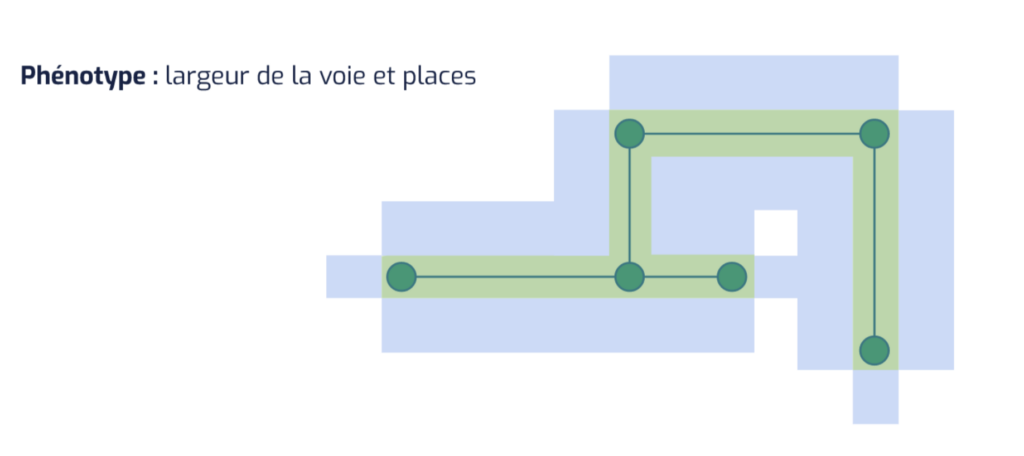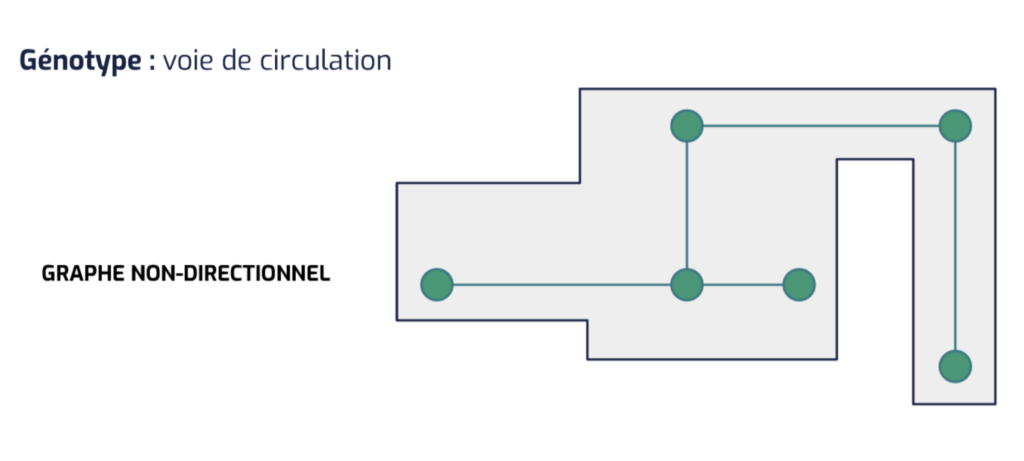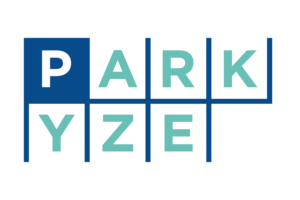OPTIMIZED PARKING PLAN GENERATION
ISSUE
Parking facilities are highly sought after infrastructures, especially in large cities. These are buildings where space must be managed rigorously, both from a regulatory perspective (safety, accessibility, dimensions of parking spaces and driving lanes) and from the perspective of optimizing user traffic flow. They often involve substantial investments that need to be optimized for economic profitability. However, the choice of location is not always freely available, and constructors must adapt to physical constraints (wall angles, parking size, various infrastructures, superstructure).
How can we maximize the number of available parking spaces while complying with restrictive regulations?
SOLUTION PROVIDED
Neovision has designed a solution based on generative design to automatically generate optimized parking plans. Leveraging operations research, specifically evolutionary algorithms, our application generates different plans that take into account the placement of driving lanes, maximizing the number of parking spaces, and various architectural constraints.
CUSTOMER BENEFIT
Our client’s solution claims an average savings of 6.7% in construction costs and optimization of 92% of the parking facilities, resulting in an average increase of 3.8% in parking spaces.
REALIZATION
We have developed an innovative solution for automatically designing optimized parking plans. Our application utilizes an approach called “generative design,” inspired by Darwin’s theory of evolution. We have employed evolutionary algorithms that operate by selecting the best solutions and introducing variations to progressively improve the results.
The idea is to generate different parking plans while taking factors such as driving lanes, maximum parking capacity, and architectural constraints into account. To begin, we created an initial population of plans represented as graphs, where each point corresponds to an intersection or a dead-end in the parking layout. These graphs were evaluated based on predefined criteria, such as the number of available parking spaces.


In this image, each point corresponds to an intersection or a dead-end on our parking layout
Next, we utilized an algorithm that allowed us to store and characterize different types of parking plans. Instead of only selecting the best plans, we preserved a variety of different solutions to encourage the discovery of possible optimizations.
The iterative process of selection, reproduction, and mutation was repeated multiple times to create new generations of parking plans. Each generation was based on the characteristics of the parents but with variations to introduce diversity. This approach allowed us to gradually improve the results and find solutions that met the optimization criterion set at the beginning of the project: the number of parking spaces.
We continued this process until we achieved our predetermined performance goal. By utilizing this evolution-inspired approach, we have developed a solution that automatically generates optimized parking plans, taking into account architectural constraints, driving lanes, and maximizing the number of available parking spaces.
Date
17 July 2023
Category
Generative design, Machine learning, R&D, Recherche opérationnelle, Smart Cities

